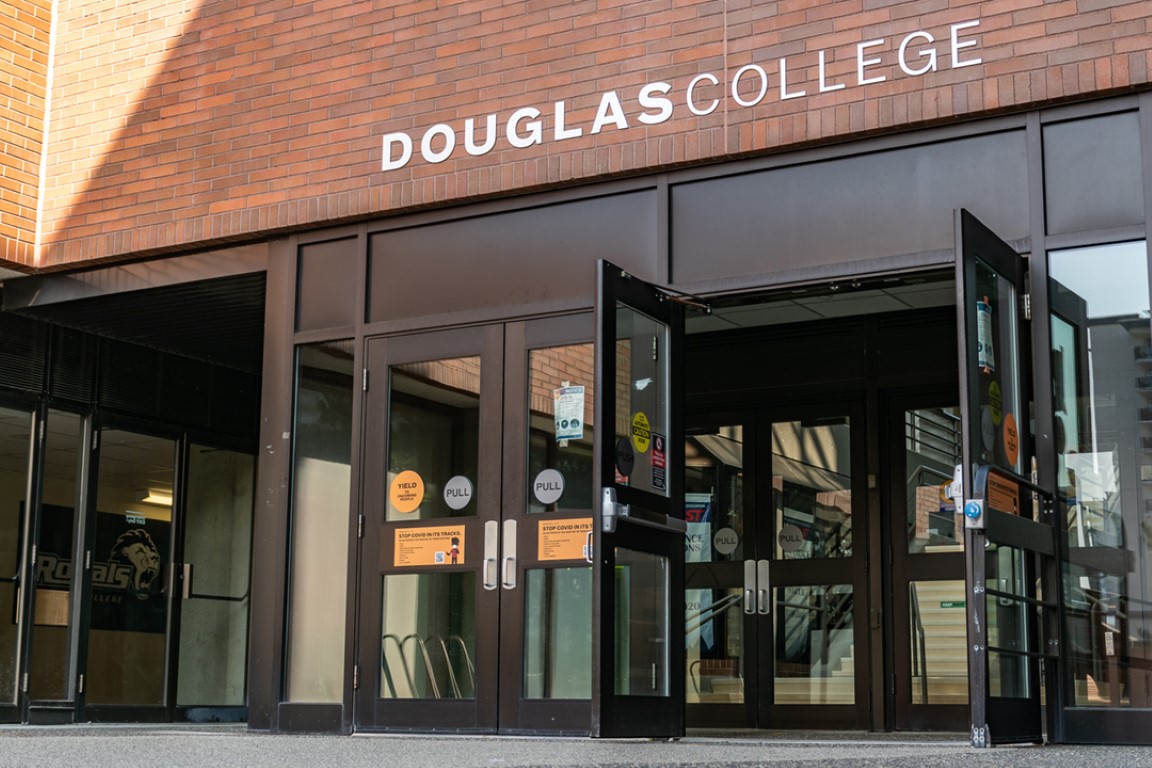
If kids can go back why can’t young adults?
By Matthew Fraser, Opinions Editor
It’s been six long months of quarantine. Months of isolation and staring at screens; months where the rotation from bed to desk and back was unbroken and monotonous. Luckily for Canadians in general and BC residents in particular, our containment efforts have mostly paid off; according to CBC news, the province conducted over 10,000 coronavirus tests over a 24-hour period at the start of October and recorded a less than one percent positivity ratio. Given that public schools have re-opened these numbers should give the wider population confidence that normal life will return. The question for college and university students becomes when will we enjoy in-person lectures? Despite being older and more prepared to socially distance than younger children, post-secondary students have been cut out from the return to normalcy, but why should we be?
Despite being older and more prepared to socially distance than younger children, post-secondary students have been cut out from the return to normalcy, but why should we be?
The past few months have forced professors to adapt teaching to a solely online format including pre-recorded or live video lectures and a paperless assignment system. Given that this has worked thus far, it should not be a massive leap for professors to live stream in classrooms or pre-record for those who feel the need to stay at home. Though Blackboard’s webcam integration is not strong, Zoom shows much better functionality for this. And given that assignment submissions and group work have been relegated to online file exchanges, there should be no problem continuing that trend. For professors who are compromised and need to stay isolated, maintaining the current synchronous standard would be fine.
In the CBC article mentioned above, the author highlighted provinces where data has divided coronavirus positive individuals by age. Granted, the cut-off shown is for 20 years of age but given that provincial deaths have stayed under 300 and that overall positive tests have shown a slow but steady decline, students who want to return to a more traditional school format should have the option. Indeed, if the point of the past few months of isolation was to reign in the virus, we have achieved that goal and should soon be reaping the benefits.
The past decade has seen an evolving conversation on mental health, particularly amongst youth. Given that that conversation has involved discussing the negative effects of social isolation, it’s only a matter of time before the mass containment of post-secondary students forces us to question the mental health effects. And it’s not just students who have felt the effects of isolation, a number of professors have spoken about it openly and a few of my professors have begged students to use webcams when possible to avoid the dehumanizing effects of talking to a screen. Since we have long known that humans are social creatures and that the UN considers prolonged solitary confinement to be torture, it is certainly not wrong to at least question how much mental health damage we have done to ourselves by not easing our measures where possible.
I have argued previously about those who foolishly refused any quarantine measures, and I certainly stand behind my opinions then. The point was to reign in the virus and reorient ourselves to a world as close to normal as possible. If quarantine was our labor, restoring human contact should be our fruits. Knowing full well that young adults and other college age students can adapt to the new circumstances, we should be willing and able to recontinue our lives.



